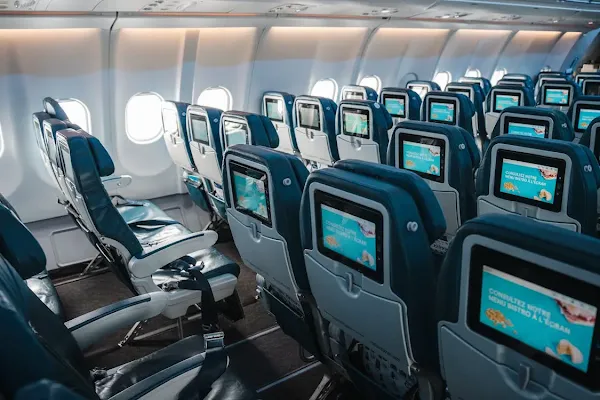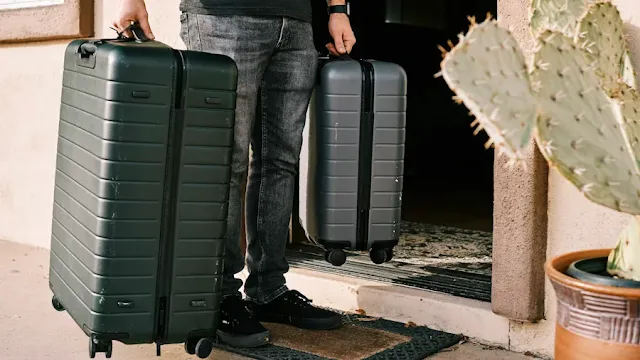Flying with Precious Stones to India
Traveling to India with precious stones like diamonds or gold can be daunting due to strict customs regulations. On a recent trip to Mumbai, I brought a diamond ring as a family heirloom, nervously navigating customs declaration at the airport. With proper documentation and a bit of preparation, the process was smoother than expected. This guide covers everything you need to know about traveling to India with precious stones, including customs rules, declaration procedures, and tips to keep your jewelry safe.
Table of Contents
Understanding India’s Customs Regulations
India’s customs regulations, enforced by the Central Board of Indirect Taxes and Customs (CBIC), require travelers to declare precious stones and jewelry to prevent smuggling and ensure proper taxation. Items like diamonds, gold, and semi-precious stones must be declared if their value exceeds duty-free limits. For residents, the limit is ₹50,000 for men and ₹100,000 for women (for personal jewelry). Non-residents face stricter scrutiny. Always check the latest rules on the CBIC website or How much gold can you bring to India before traveling.
How to Pack Precious Stones Safely
To protect your precious stones, always carry them in your hand luggage, as advised by Where Should I Pack My Jewelry When Flying?. Use these tips:
- Secure Packaging: Wrap each piece in soft cloth or use padded jewelry pouches to prevent scratches.
- Lockable Bag: Store jewelry in a sturdy, lockable carry-on bag to deter theft.
- Avoid Sharp Edges: Ensure stones like uncut gems don’t violate security rules, per Wikipedia.
- Travel Insurance: Consider travel insurance to cover high-value items.
If packing in checked luggage, use bubble wrap and place items centrally to cushion against impacts, but carry-on is safer.
Declaring Jewelry at Indian Customs
Declaring jewelry at Indian customs is mandatory to comply with regulations, as outlined by the CBIC. Follow these steps:
- Present your passport, invoices, and a completed self-declaration form (available at the airport or CBIC website).
- Declare the description, quantity, weight, and value of your jewelry.
- Allow customs officers to inspect or X-ray your items.
- Retain the stamped declaration form for departure.
Failure to declare can lead to fines or confiscation.
Tips for Traveling with Jewelry
Ensure a smooth experience with these tips:
- Document Everything: Carry invoices or receipts detailing jewelry value and description, as advised by How much worth of Gifts can i bring to India
- Photograph Jewelry: Take clear photos of each piece for proof of ownership.
- Be Transparent: Answer customs officers honestly to avoid issues.
- Check Destination Rules: If traveling from India to the USA, review U.S. Customs Service regulations.
Frequently Asked Questions
Can I carry a diamond ring to India?
Yes, you can carry a diamond ring to India in your hand luggage, but you must declare it at customs if its value exceeds duty-free limits (₹50,000 for men, ₹100,000 for women).
Can you fly with precious stones?
Yes, precious stones can be carried in hand luggage if securely packed and not considered a security threat. Declare them at customs to comply with regulations.
Do you have to declare personal jewelry at customs in India?
Yes, personal jewelry exceeding duty-free limits must be declared at Indian customs to avoid penalties or confiscation.
How much jewelry can you carry to India?
Indian residents can carry jewelry worth up to ₹50,000 (men) or ₹100,000 (women) duty-free. Higher values require declaration and may incur duties, per CBIC.
Do I have to declare jewelry at customs?
Yes, jewelry exceeding duty-free limits must be declared at Indian customs with invoices and a self-declaration form to ensure compliance.
Can I bring a gold bar from the USA to India?
Yes, but gold bars must be declared at Indian customs, and duties may apply if their value exceeds duty-free limits. Check Can i take a Gold Buscuit to India for details.








